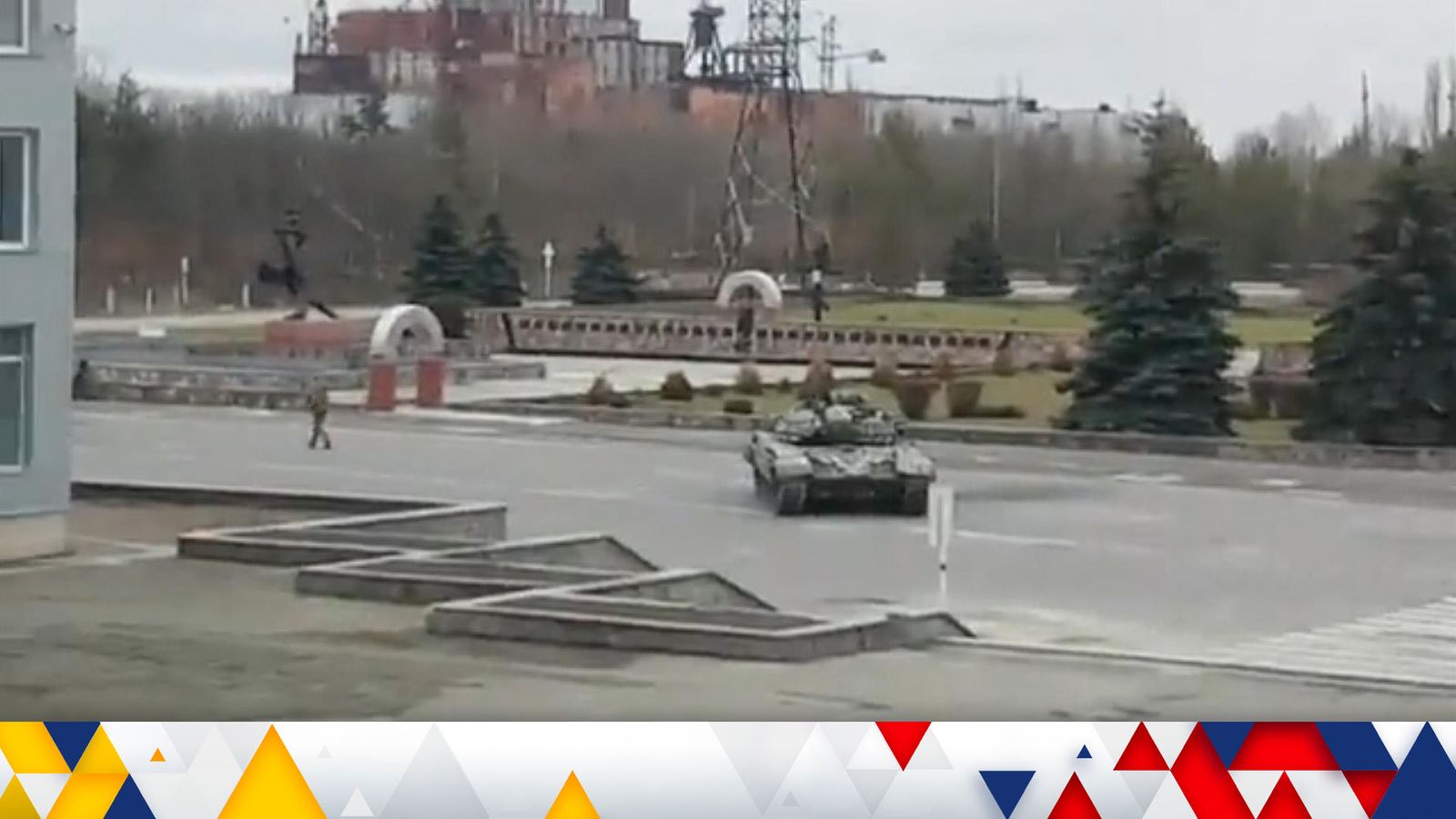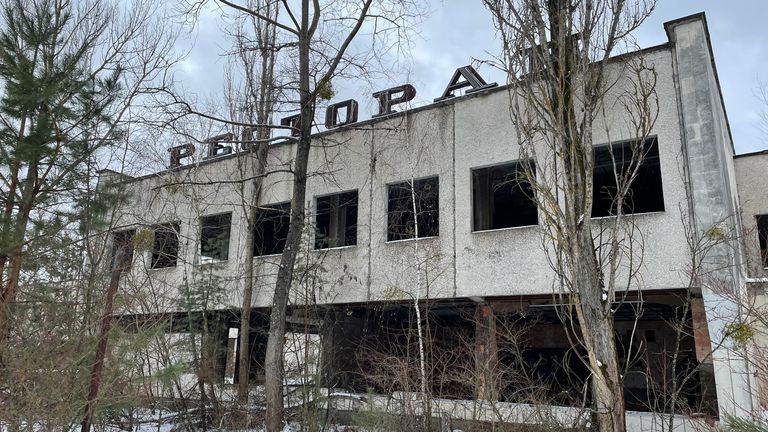Russian troops are feared to have taken hostages at Chernobyl after capturing the shuttered nuclear plant in northern Ukraine.
The site in Pripyat, around 60 miles from the capital Kyiv, was abandoned following what remains the world’s worst nuclear disaster back in 1986.
But some workers were stationed there to maintain the facility, which was taken by invading Russian forces after President Vladimir Putin launched his assault on Ukraine in the early hours of Thursday.
Alyona Shevtsova, an adviser to the commander of Ukraine’s Ground Forces, wrote on Facebook that the staff at the Chernobyl plant had been “taken hostage”.
The White House has expressed outrage at the “credible reports” of workers being held and called for their release, describing the capture of the site as “incredibly alarming and greatly concerning”.
Ukrainian and Russian forces clash on multiple fronts – live updates
Why would Russia want to capture Chernobyl?
Russian and Ukrainian troops have clashed across multiple cities since the invasion began, with US and Ukrainian intelligence suggesting the Kremlin wants to quickly move on Kyiv.
With that in mind, it’s been proposed that Chernobyl has been taken because it offers the shortest route to Kyiv from staunch Russian ally Belarus, where Moscow has staged troops.
Sky News reported from the Chernobyl Exclusion Zone just last month, as Ukraine had been increasing military deployments to the zone due to fears over this potential Russian strategy coming to fruition.
Is the site still dangerous – and should we be worried about further damage?
The devastating reactor explosion at Chernobyl happened more than 35 years ago, and it remains one of the most radioactive places in the world.
It spewed radioactive waste across Europe, and it’s still leaking decades later. The exploded reactor had since been covered with a protective shelter, and it’s not known whether that has been damaged.
But a Ukrainian official, speaking on condition of anonymity, revealed that an increase in radiation levels had been reported after a Russian shelling hit a radioactive waste repository.
Read more:
What is Putin thinking?
What is happening in Ukraine?
How does Ukraine’s military compare to Russia’s?
According to a leading expert in nuclear power safety, it would not be in the interests of Moscow – which issued the evacuation order all those years ago – to damage the site.
Edwin Lyman, of the Union of Concerned Scientists in Washington, said if the power to cooling pumps is disrupted or fuel-storage tanks are damaged, the results could be catastrophic.
The International Atomic Energy Agency said it is following the situation in Ukraine “with grave concern” and appealed for maximum restraint to avoid any action that may put Ukraine’s nuclear facilities at risk.
General director Rafael Mariano Grossi said it is “of vital importance that the safe and secure operations of the nuclear facilities in that zone should not be affected or disrupted in any way”.
What happens next?
It’s not known how Russia might choose to utilise or manage the site if it keeps it under its control.
Ukraine had been employing robots inside to dismantle the reactors and gather the radioactive waste, and this was expected to take until 2064.
The zone was also being used as a storage facility for spent fuel from the country’s other remaining nuclear plants.



